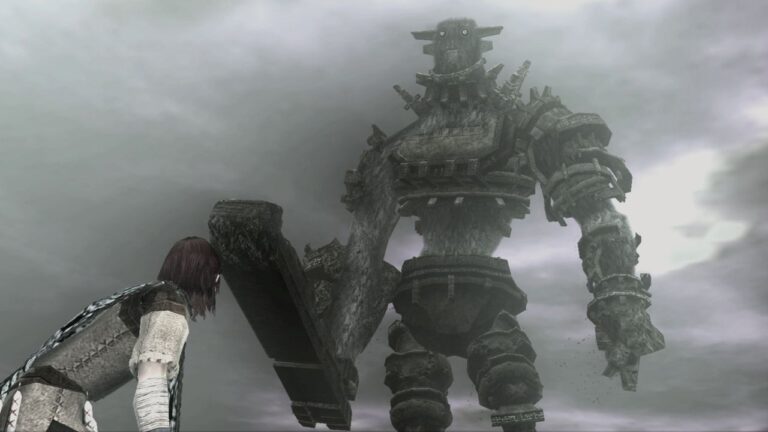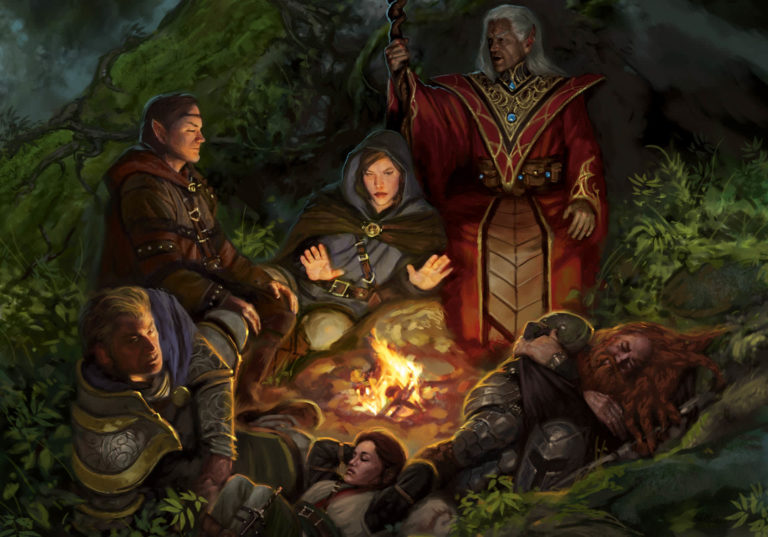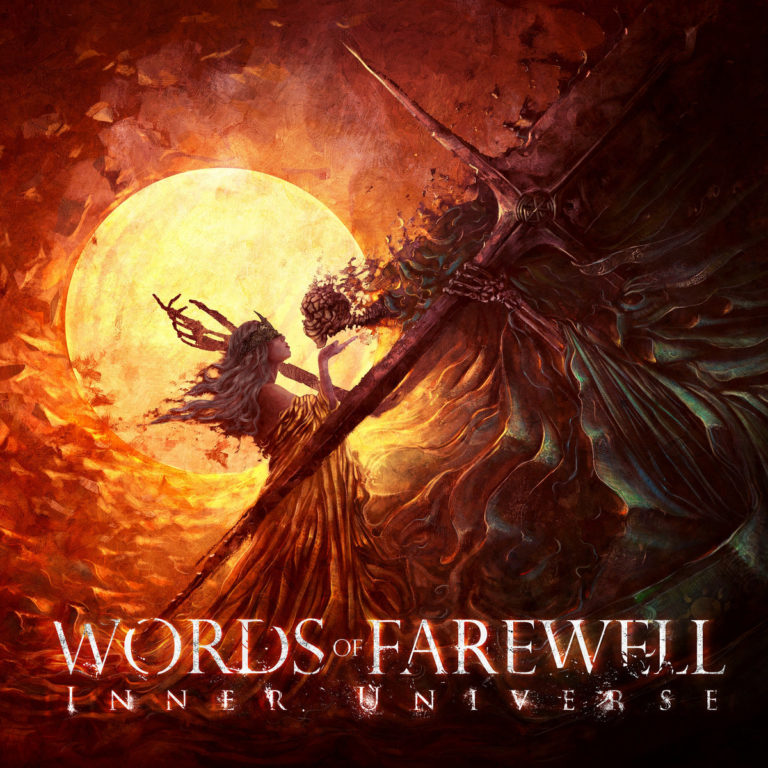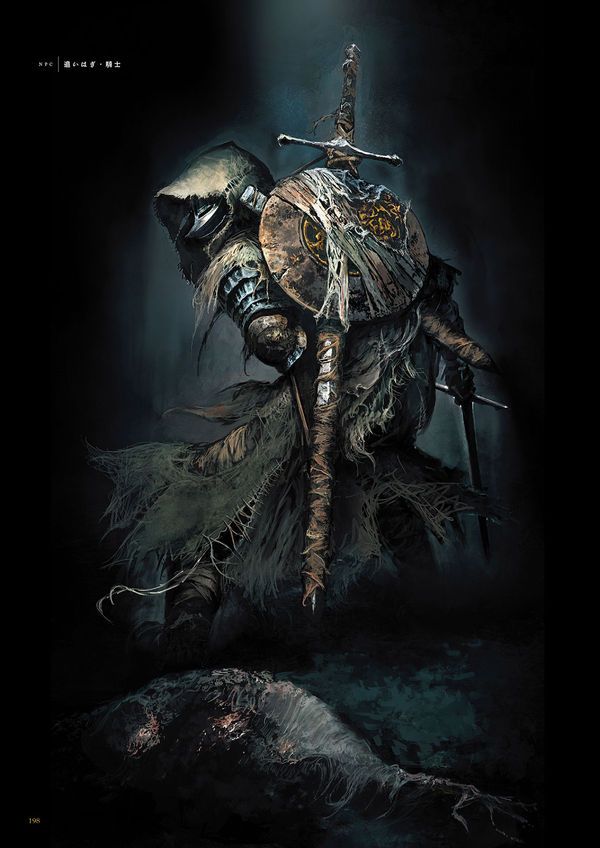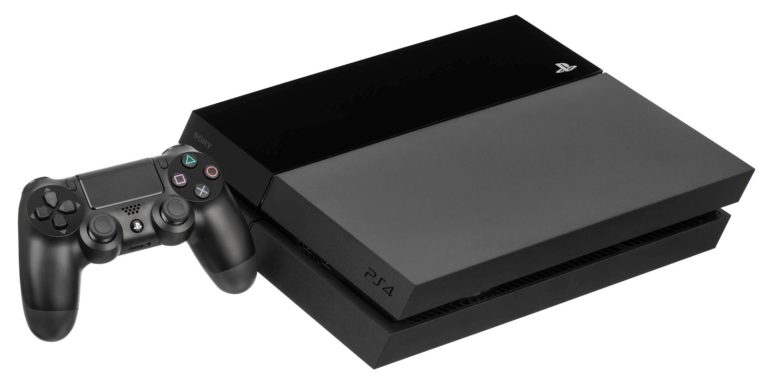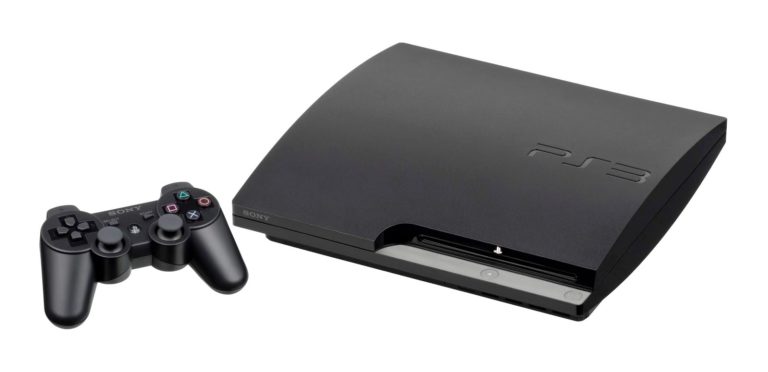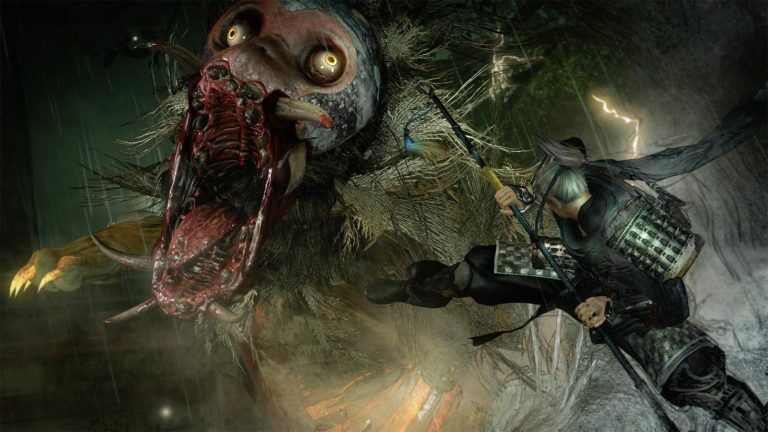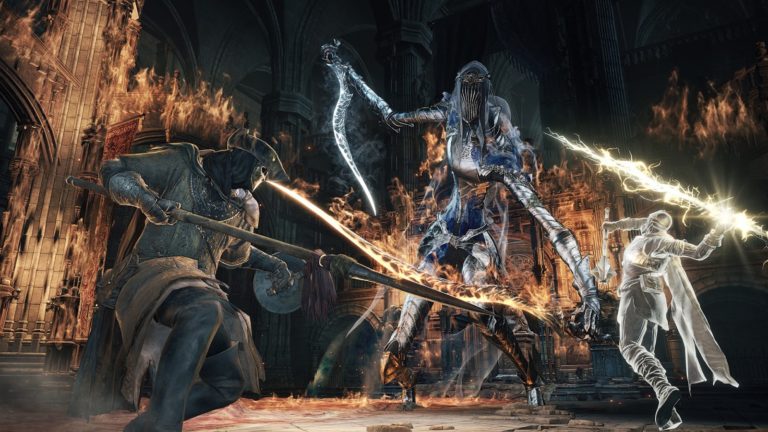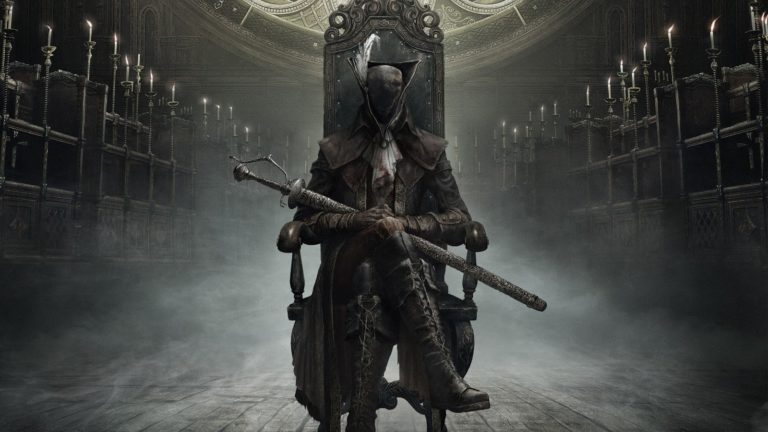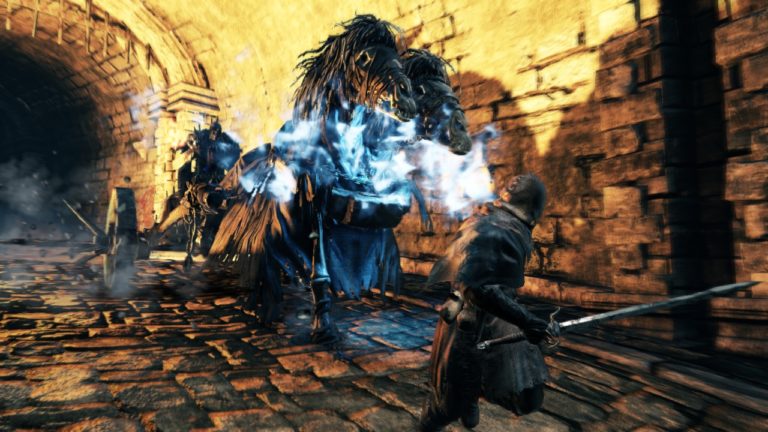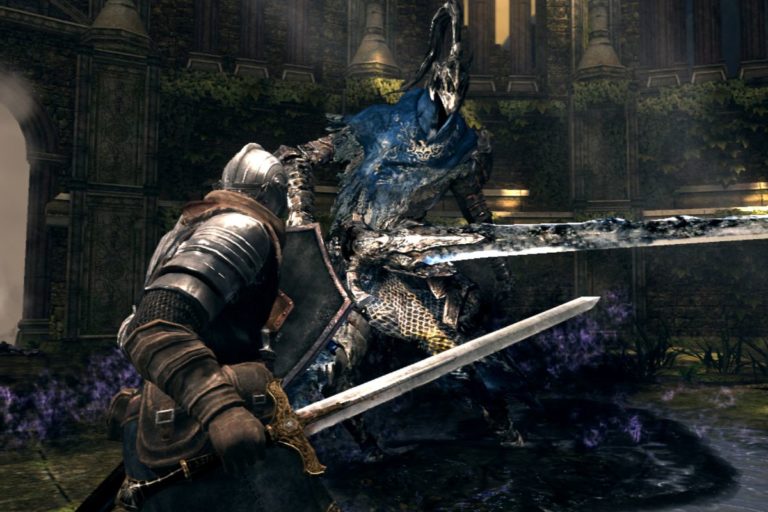25. Star Wars: Knights of the Old Republic (2003, PC) Knights of the Old Republic has some...
Dark Souls
In October 2020 I released an article about all the different RPG characters I’ve played over the...
So… 2020 has been a year. However, if there has been one positive for me, it’s that...
Like many a life-long nerd, I have played several roleplaying games over the years and have built...
In case I haven’t made it obvious yet, I love the Dark Souls franchise. I adore the challenging,...
It’s that time of year once again, when I look back on all of the random-ass, new...
Love The Games – The PS4 has been a massive success and that mainly comes down to...
Love Trophies – Probably my favourite innovation that the PS3 brought was the advent of trophies (which,...
I’m going to do something slightly different here – normally I’d just be looking at the Dark...
Love Refined Game Engine – As groundbreaking as the Souls games are, they have always been incredibly janky...
While it isn’t actually a part of the Souls series, Bloodborne is in a similar mold with some very...
Love Some Memorable Characters – Somewhat surprisingly, Dark Souls 2 has a lot of characters which hold up...
I recently began replaying Dark Souls, this time on PS4 with the remastered edition. Having played a ton...
